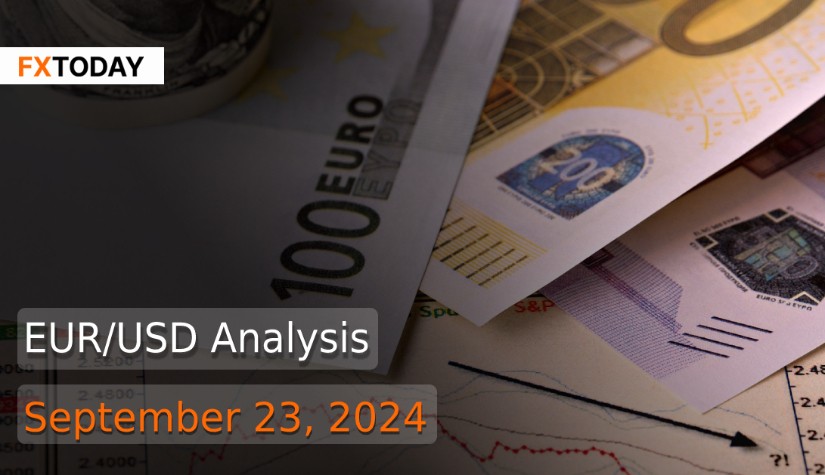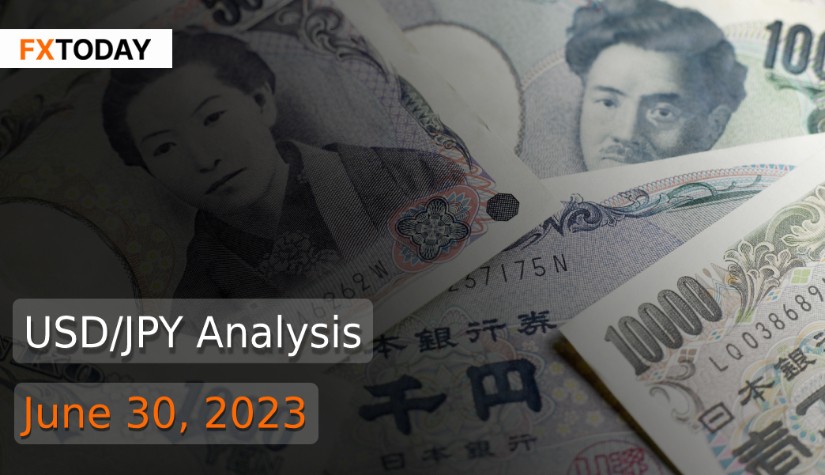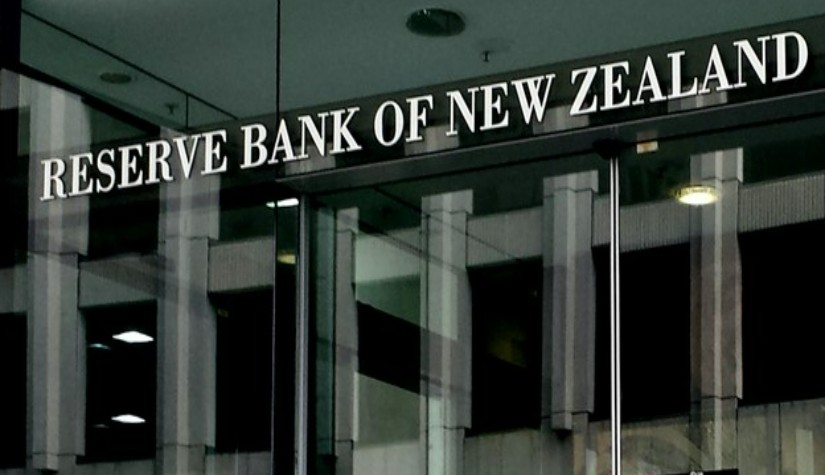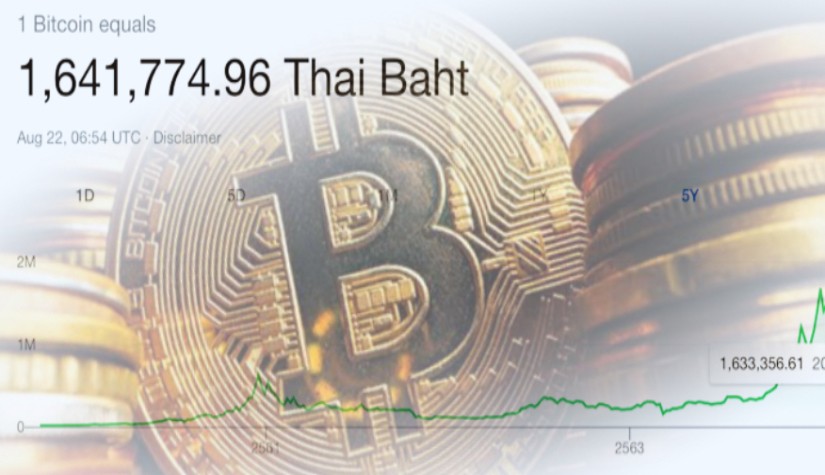Eurozone Faces Inflation Pressures Amid Diverging Economic Outlooks
Bundesbank President Joachim Nagel reiterated that eurozone inflation remains above target, requiring continued high interest rates to address price pressures. While inflation has dropped to 2.2%, Nagel cautioned that wage growth and labor shortages, particularly in Germany, could drive inflation higher again.
Profound changes in the global economy are expected to make inflation more volatile in the coming years, complicating price control efforts. However, European Central Bank (ECB) President Christine Lagarde emphasized that maintaining inflation-targeting frameworks remains crucial. Economic factors such as deglobalization, protectionism, and technological advancements have baffled economists, many of whom failed to foresee recent inflation surges, causing central banks to play catch-up.
Lagarde highlighted the impact of "superstar" firms in the digital economy, such as cloud services and e-commerce, which are less affected by interest rates, potentially weakening central banks' influence. Conversely, a reversal in globalization, through practices like "nearshoring," could enhance monetary policy effectiveness by increasing companies' sensitivity to interest rates.
Moody's raised concerns about European banks' readiness for potential defaults on property loans due to falling real estate values and higher borrowing costs. Despite the risk of rising problem loans, Moody's believes banks generally have strong enough capital buffers to handle the situation, although some lenders may be under-provisioned.
Germany's economic outlook has worsened significantly, with investor sentiment in September dropping more than anticipated, as reported by the ZEW institute. Experts predict continued weak growth, with the economic situation in Germany deteriorating further, indicated by the assessment index falling to its lowest point since May 2020. The German economy, which contracted in the second quarter, risks entering a recession, with concerns of stagnation or slight contraction over the next few quarters, especially as the winter months approach.
In addition, Germany faces challenges from a deep industrial recession, weak investment, and cautious consumer spending, according to the Bundesbank. Despite high employment and rising wages, private consumption remains subdued. Industrial production is expected to decline further.
France, on the other hand, is experiencing a gradual easing of inflation, with consumer prices rising 2.2% in August, down from 2.7% in July, largely due to a sharp decline in energy prices. The central bank forecasts that inflation will remain below the European Central Bank’s target for the next two years. Despite lower inflation, France faces a growing fiscal challenge. Prime Minister Michel Barnier is under pressure to address the widening budget deficit caused by weaker tax revenues and higher spending. The central bank projects that France's economy will grow 1.1% this year and slightly improve in 2025 and 2026, driven by higher wages boosting consumer spending. However, the government must make difficult decisions on potential tax hikes and spending cuts to meet EU deficit rules.
Italy is also grappling with fiscal pressures, though its economy is showing slight signs of improvement. Economy Minister Giancarlo Giorgetti expressed optimism that Italy would balance its primary budget (excluding debt interest) in 2024. Italy, which has one of the highest debt-to-GDP ratios in the eurozone, is committed to reducing its deficit by 2026 in line with EU fiscal rules. The government aims to make permanent tax cuts for low and middle-income earners, despite the strain on public finances.
On the other hand, the dollar has been volatile since the Federal Reserve began easing its monetary policy. The euro dipped slightly against the dollar, and the U.S. dollar index, which measures the dollar against major currencies, edged up to 100.75, just above a one-year low.
There’s nearly a 49% chance the Fed will make another 50-basis-point rate cut in November, with a total of 74.8 bps in cuts priced in by the end of this year. The Fed's policy rate is expected to reach 2.85% by the end of 2025, aligning with its estimated neutral rate.
Investors will be closely monitoring inflation and remarks from several Federal Reserve officials following last week’s significant rate cut. Flash PMI data and inflation figures will provide insights into the global economy's strength, with the euro area and UK showing resilience, but concerns remain about Germany's weak business activity and China's struggle to meet its growth target. Economists expect the PCE price index for August to show a 2.5% annual rise, with the Fed projecting it to fall to 2.3% by the end of the year.
The week’s economic calendar includes a final reading on second-quarter GDP, consumer confidence reports, durable goods orders, housing sales data, and initial jobless claims. Fed officials, including Raphael Bostic, Austan Goolsbee, Michelle Bowman, and Jerome Powell, are scheduled to speak, and investors will be watching closely for hints on the Fed’s approach to reducing its balance sheet. As a result, the Euro is likely to fluctuate within a broad range and continue weakening against the US dollar in the medium term, driven by differences in returns and economic strength between the two regions.
Data for Technical Analysis (1H) CFD EUR/USD
Resistance : 1.1164, 1.1166, 1.1168
Support : 1.1158, 1.1156, 1.1154
1H Outlook
Source: TradingView
Buy/Long 1 If the support at the price range 1.1150 - 1.1158 is touched, but the support at 1.1158 cannot be broken, the TP may be set around 1.1165 and the SL around 1.1146, or up to the risk appetite.
Buy/Long 2 If the resistance can be broken at the price range of 1.1164 - 1.1172, TP may be set around 1.1178 and SL around 1.1154, or up to the risk appetite.
Sell/Short 1 If the resistance at the price range 1.1164 - 1.1172 is touched, but the resistance at 1.1164 cannot be broken, the TP may be set around 1.1158 and the SL around 1.1176, or up to the risk appetite.
Sell/Short 2 If the support can be broken at the price range of 1.1150 - 1.1158, TP may be set around 1.1146 and SL around 1.1168, or up to the risk appetite.
Pivot Points Sep 23, 2024 03:35AM GMT
|
Name
|
S3
|
S2
|
S1
|
Pivot Points
|
R1
|
R2
|
R3
|
|---|---|---|---|---|---|---|---|
| Classic | 1.1151 | 1.1154 | 1.1158 | 1.1161 | 1.1165 | 1.1168 | 1.1173 |
| Fibonacci | 1.1154 | 1.1156 | 1.1158 | 1.1161 | 1.1164 | 1.1166 | 1.1168 |
| Camarilla | 1.116 | 1.1161 | 1.1162 | 1.1161 | 1.1163 | 1.1164 | 1.1165 |
| Woodie's | 1.1151 | 1.1154 | 1.1158 | 1.1161 | 1.1165 | 1.1168 | 1.1173 |
| DeMark's | - | - | 1.1159 | 1.1162 | 1.1167 | - | - |
Sources: Investing 1, Investing 2
















